Early exposure to diverse people with different abilities and skill sets is important in becoming a well-rounded person in society. This leads to acceptance and understanding in communities that are often overlooked. People with autism are often stereotyped and there are lots of assumptions about the community. In reality, Autism Spectrum Disorder (ASD) is a neurocognitive impairment that 1 in 100 people in the world will be diagnosed with.
ASD is a developmental disability that can affect the way that people communicate and engage in the world. However, pop culture and the media often overlook autistic people and will primarily disengage from featuring them on platforms, television shows and movies.
The most common portrayal of autism is that of a white male who is a genius and has trouble communicating. While communication is something that many people with autism struggle with, it is a generalization that all autistic people struggle the same way, this can be misleading. Shows like “Big Bang Theory,” “Young Sheldon,” “Atypical” and “The Good Doctor” all feature main white male characters with stereotypical autism traits.
In 1943, Austrian-American psychiatrist and physician, Leo Kanner, first introduced the idea of autism as a psychological condition that was described as a form of childhood schizophrenia. It wasn’t until 1980 that autism was established as a developmental disorder in the DSM-III. For a long time, ASD was primarily diagnosed in males.
According to Autism Speaks, boys are four times more likely to be diagnosed with autism, however, girls are more likely to be diagnosed later. In a study published by the National Library of Medicine, 80% of females remain undiagnosed with autism at the age of 18. The average age of an autism diagnosis is at the age of five.
However, experts are finding that autism may be just as common in females, but it appears differently. While there has been a clearer understanding of autism in females in recent years, the representation has still fallen behind that of males with autism.
Fortunately, in recent years there have been more autistic girls represented in the media. Kayla Cromer made history by being the first autistic actress to play an autistic main character in the 2020 show, “Everything’s Going to Be Okay.”
The show follows the story of three siblings whose father becomes terminally ill and 25-year-old Nicholas, played by Josh Thomas, must now take care of his two half-sisters; Matilda, played by Cromer, and Genevieve, played by Maeve Press. Cromer’s character highlights the joys and struggles of being an autistic teenager and an autistic teenager dealing with grief. In this witty show, it also shows the love of autistic people and their families.
Towards the end of the second season, it is revealed that Thomas’s character, Nicholas, is also autistic and he gets tested and diagnosed in his mid-20s. The show, along with Cromer and Thomas, does a beautiful job of exploring the struggles, triumphs and complex relationships of autistic people and how they interact with the world.
Chloe Hayden is another autistic actress who played an autistic character in Netflix’s soft reboot of the 1994 show, “Heartbreak High.” The 2022 “Heartbreak High” featured the character Quinni Gallagher-Jones, played by Hayden. The character shows an honest representation of autism in girls and masking. She navigates different types of relationships and the show demonstrates the pain and beauty of autism.
In addition to an increase in fictional autistic characters, there have also been new exposures through reality tv shows.
“Love on the Spectrum” and “Love on the Spectrum Australia” are both reality TV shows on Netflix about people on the autism spectrum finding love and navigating the world. The show premiered in Australia in 2019 and a second season in 2021. “Love on the Spectrum” is set in the US, the first season aired in 2022 with a second season coming out on January 19, 2024.
Kaelynn Partlow is an autistic advocate, dog trainer and therapist. Partlow also starred in the first season of “Love on the Spectrum.”
“‘Love On The Spectrum’ is unique because it’s one of the first of its kind,” Partlow said. “Autistic people don’t often get selected to participate in other reality TV shows, which limits our opportunity to showcase our stories. Combining reality television with autism offers us a chance to highlight our authentic experiences.”
With the whole show featuring autistic people in authentic ways, the audience can gain a deeper understanding of how broad the spectrum is and how there truly isn’t a “one size fits all” person to represent the ASD community.
“Shows like ‘Love On The Spectrum’ are changing those perspectives and instead are offering a more well-rounded perspective on what autism really is,” Partlow said.
Some representations in the media however can be misleading and place further stereotypes of autism. This can lead to misinformation and generalizations when ASD is such a broad spectrum.
The 2014 Disney Channel show “Girl Meets World” introduced the concept of autism to pre-teens growing up in the 2010s with the recurring side character of Farkle Minkus, played by Corey Fogelman. In Season 2 Episode 15 titled, “Girl Meets Farkle,” Farkle tells his friends that he may have autism. While the show paints the character as a challenged genius, the reveal that he has been tested for autism comes as a shock to everyone.
After learning this news his friends panic and worry and try to explain that there is no way he has autism. Reactions like this can shape the way that people watching the show perceive an autism diagnosis because it is not a death sentence, it is simply learning how someone’s brain works.
At the end of the episode, it is revealed that Farkle does not have autism and that he may undergo further cognitive and behavioral testing, but the show does not bring it up again. In the same episode, there is another character, Issador Smackle played by Ceci Balagot, who the audience learns is autistic.
Having diverse and supportive representation can eliminate negative outlooks on an autism diagnosis.
“When it comes to media representation, it offers a great chance to educate folks who may not otherwise have had a connection to autism,” Partlow said.
Early exposure and understanding of diverse people are important in cognitive development and societal understanding. Pop culture and the media allow an outlet for others to learn from. This can be important for people who are both connected and not connected to the ASD community.
“Sesame Street” is a children’s educational program that has been on the air since 1969. For many kids, “Sesame Street” was where they first found engagement and useful tools in school and socialization. In 2017, the show introduced its first autistic muppet, Julia, performed by Stacey Gordon. Julia’s first appearance was in Season 47 Episode 15 where they showed the four-year-old playing and interacting with her friends.
“Sesame Street” incorporated acceptance, love and friendship into the episode while also featuring some of the things that Julia struggles with, such as loud noises and responding to questions quickly. By giving young kids the vocabulary and exposure to autism and how they can be friends with anyone, they are expanding a generation and society of love and acceptance.
On April 2, 2020, for Autism Acceptance Day, “Sesame Street” released a Julia-focused episode where the audience meets her family and has further exposure to the world that Julia lives in.
“Parenthood” was a show that ran from 2010-2015 and was about the lives and tragedies of the Braverman family and explored different storylines of four different siblings and their parents. In the show, two characters are autistic.
Max Burkholder, the actor of Max Braverman in the series, plays one of the kids of Adam Braverman, played by Peter Krause, and Kristina Braverman, played by Monica Potter. The series starts when Max Braverman is eight years old and in the second episode, he is diagnosed with autism. Throughout the entirety of the show, Max’s storyline is relevant and talked about in the family. It explores difficulties in school and making friends as well as how parents and families help support one another.
The other character in “Parenthood” appears in season four, Hank Rizzoli, played by Ray Romano. He is introduced as a family portrait photographer and develops a relationship with Lauren Graham’s character, Sarah Braverman. Hank and Max connect in the show and later in season five of the show, Romano’s character learns that he also has autism. Hank becomes a symbol for Max and his family of what his future could look like and while Hank struggles with certain things, the show provides a platform for people to see that those with autism can succeed and have fulfilling lives.
Another form of media that represents autism is the novel, “The Curious Incident of the Dog in the Nighttime” by Mark Haddon. This novel was originally released in 2003 and was adapted into a play in 2012 by Simon Stephens and directed by Marianna Elliott.
The story is a first-person perspective of 15-year-old Christopher Boone who is autistic. The story describes how Boone discovers his neighbor’s dog is dead from a gardening fork in the middle of the night and as he is considered a person of interest, Boone is led on an adventure to find out what really happened. However, his father disapproves of his investigation which only leads to more questions as Boone’s whole life turns upside down. This story gives an inside look into how people with autism think and interact with the world. The adapted play leaves a similar impression.
Temple Grandin is an autistic woman who has become among the top scientists in the humane livestock handling industry. Grandin changed the way that people talk about autism because she was one of the first people to publicly own that she was autistic. Born in 1947, Grandin made an impression on the academic field by saying that she thought in pictures and what she saw in her head was very accurate. She was revolutionary.
In 2010 a biopic movie was made about Grandin called, “Temple Grandin.” In the film, Grandin is played by actress Claire Danes. Also in 2010, Grandin was in the Times 100 annual list of 100 most influential people in the world. Grandin has been one of the leaders in autism and neurodivergent rights movements for decades.
While recently there has been a rise in female autism representation, some of the most notable autistic characters in pop culture are male. In the “Big Bang Theory” and its prequel “Young Sheldon,” Sheldon Cooper may be one of the first people you think of when you think of autism. Cooper, played by Jim Pearson in “Big Bang Theory” and by Iain Armitage in “Young Sheldon,” is never officially diagnosed with any neurological disability, however many of his traits and tendencies lead people to believe he may be on the autism spectrum.
“Sheldon was many people’s first exposure to what ‘language-abled’ autism can look like,” said Partlow. “No single individual can perfectly represent an entire group, but I saw so many of my ‘quirkier’ autism traits represented in Sheldon.”
ASD is a wide spectrum and due to this, it is impossible to have one person or character represent everyone. Currently, the representation of autism and neurodivergent people is skewed. An overwhelming majority of the pop culture representations of ASD are white, but according to Autism Speaks, people of color are more likely to be diagnosed with autism. 2.4% of people who are white have autism compared to 2.9% of people who are Black, 3.2% of Hispanic people, and 3.3% of people who are Asian or Pacific Islanders.
As society has evolved so has representation, however, it still isn’t perfect. Autism has been overlooked in pop culture for decades and while recent years have shown improvements, there is still a ways to go.
“Representation matters so much to the autistic community because many of us deal with social isolation and struggle to represent ourselves in some cases,” said Partlow. “When it comes to media representation, it offers a great chance to educate folks who may not otherwise have had a connection to autism.”


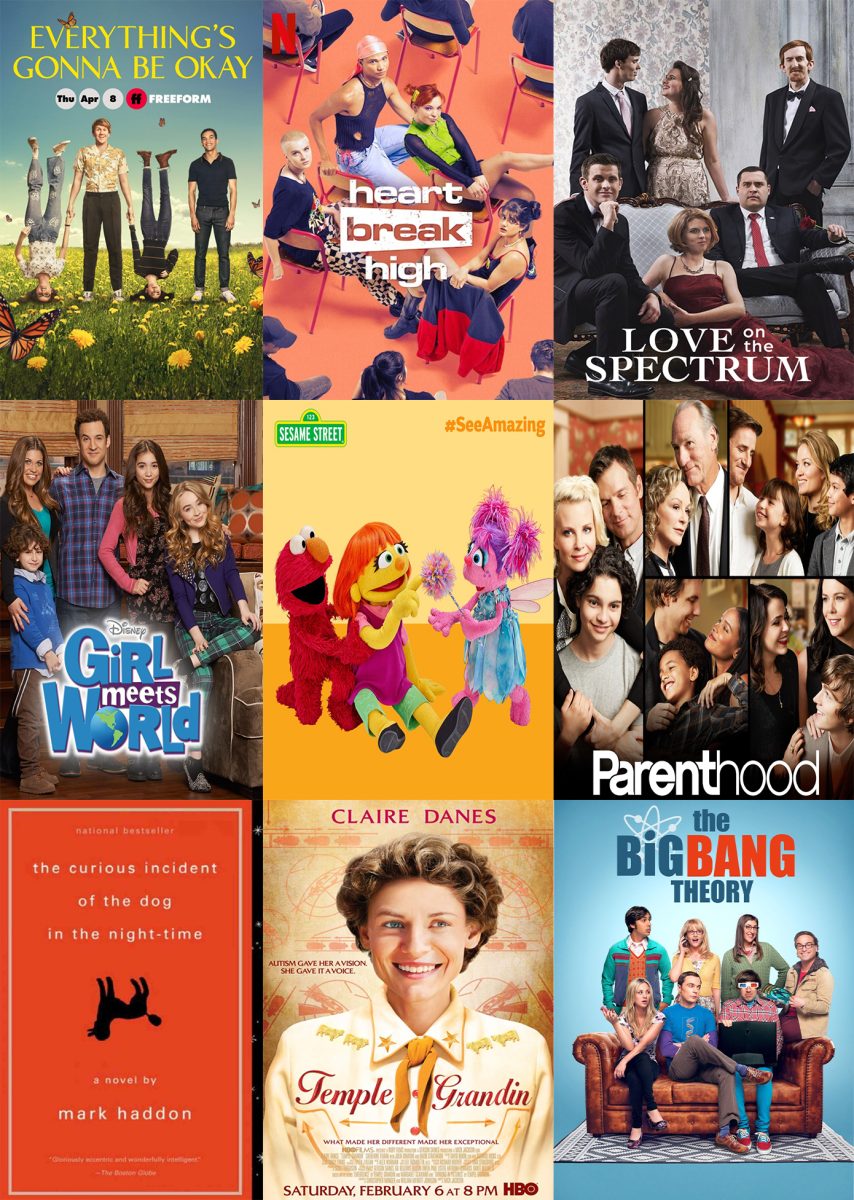
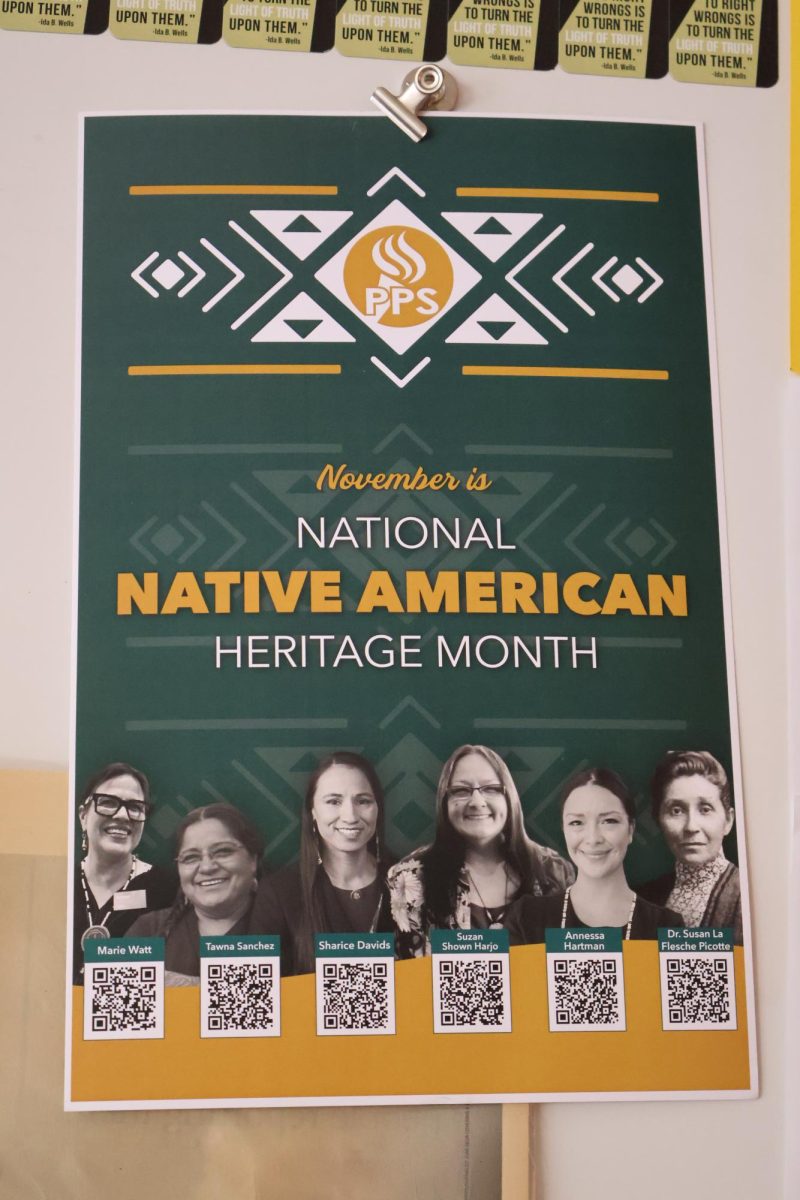

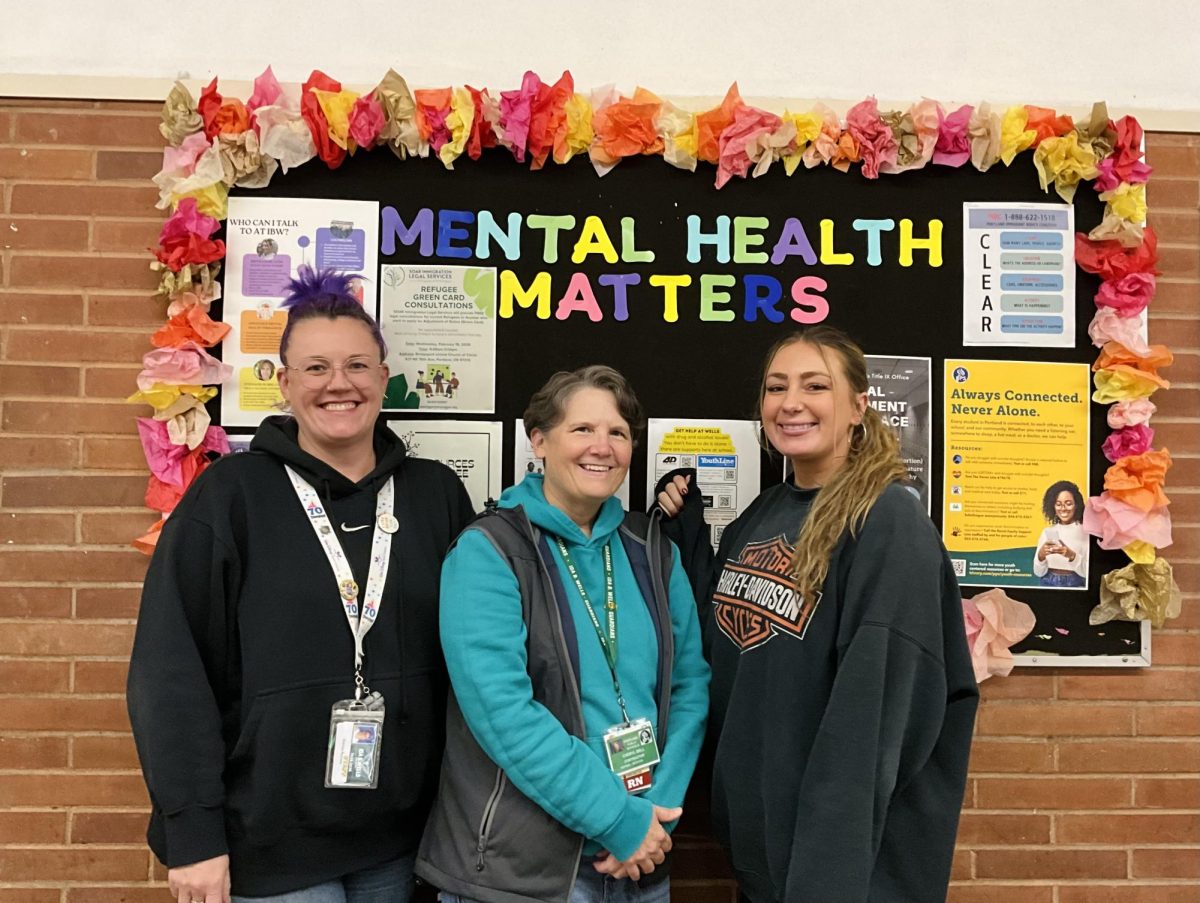
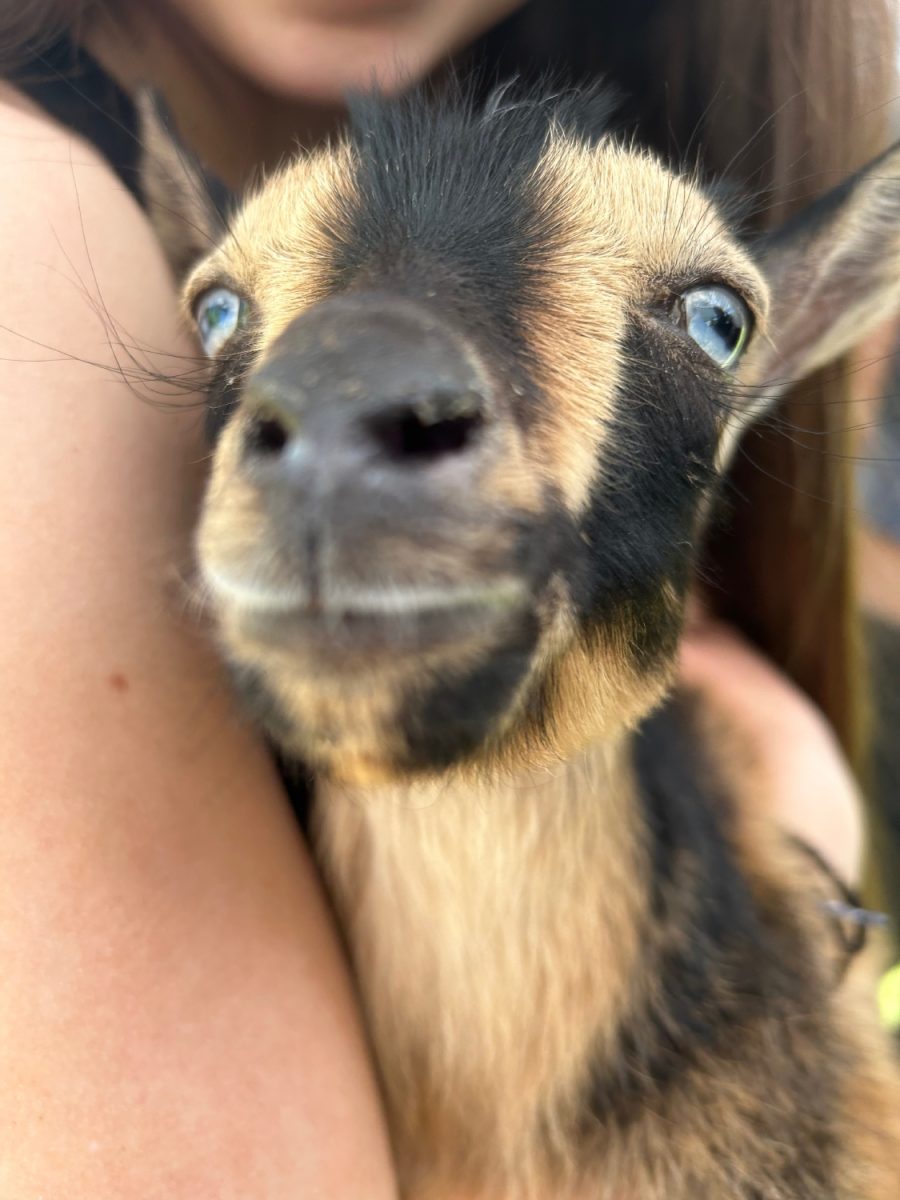

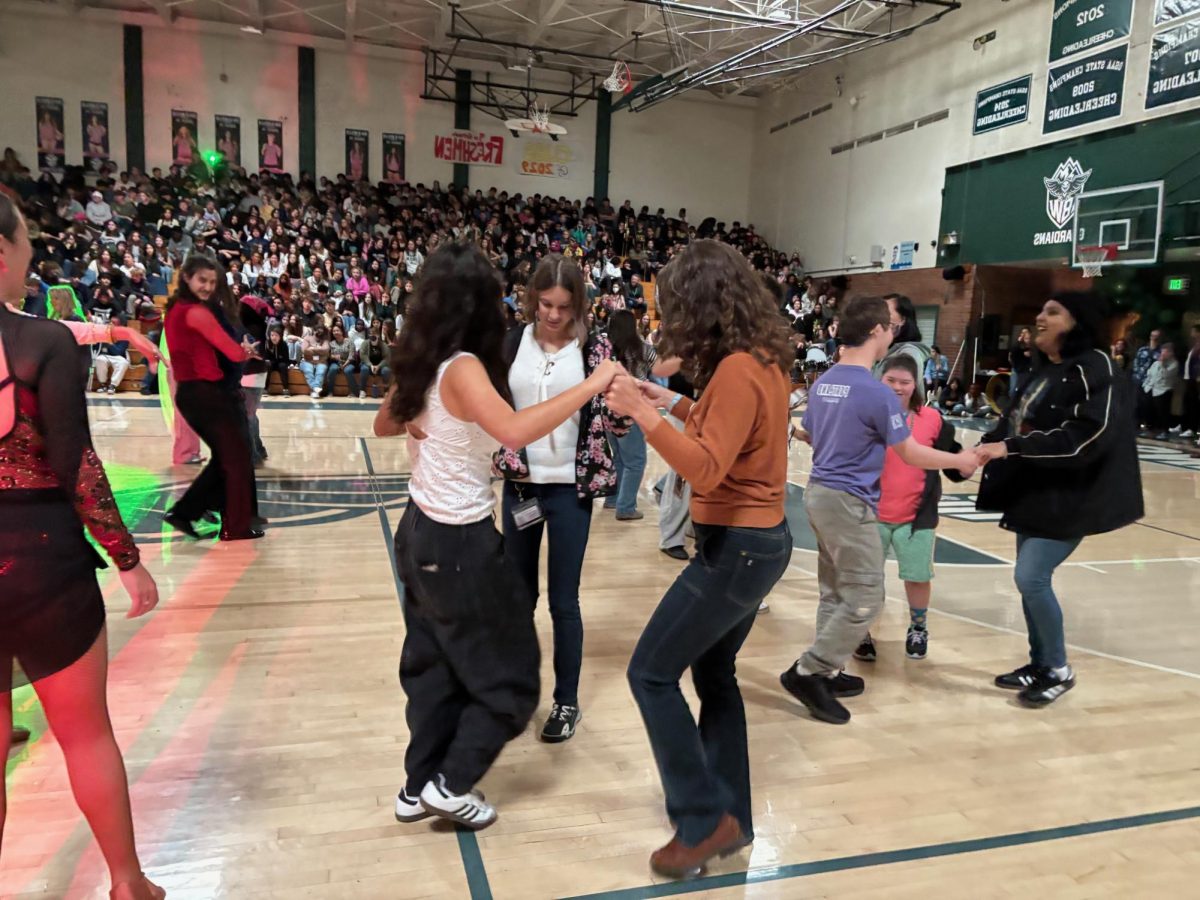
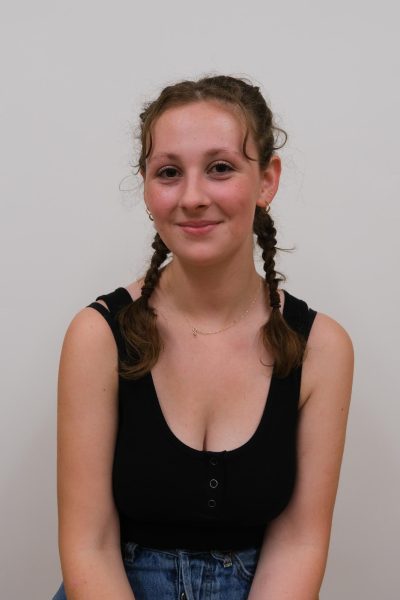
nickname • Jan 25, 2024 at 12:46 pm
based
meira • Jan 17, 2024 at 8:21 pm
Go Zoe go! This is such a wonderful piece <3